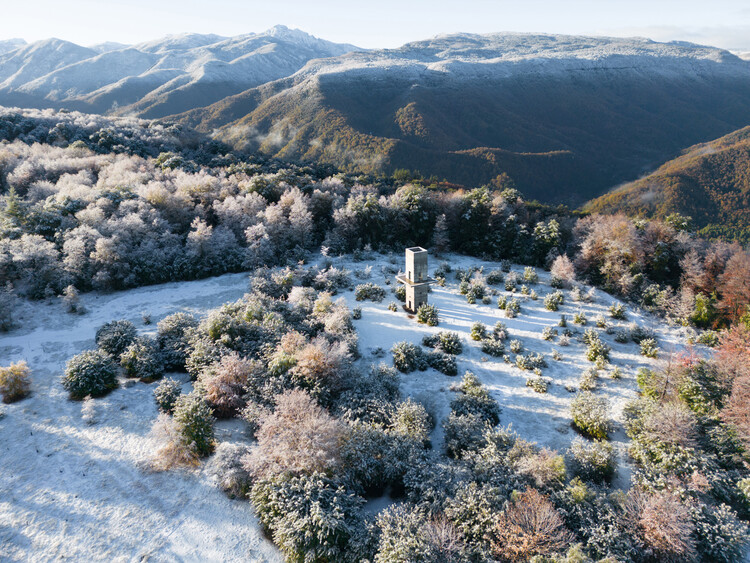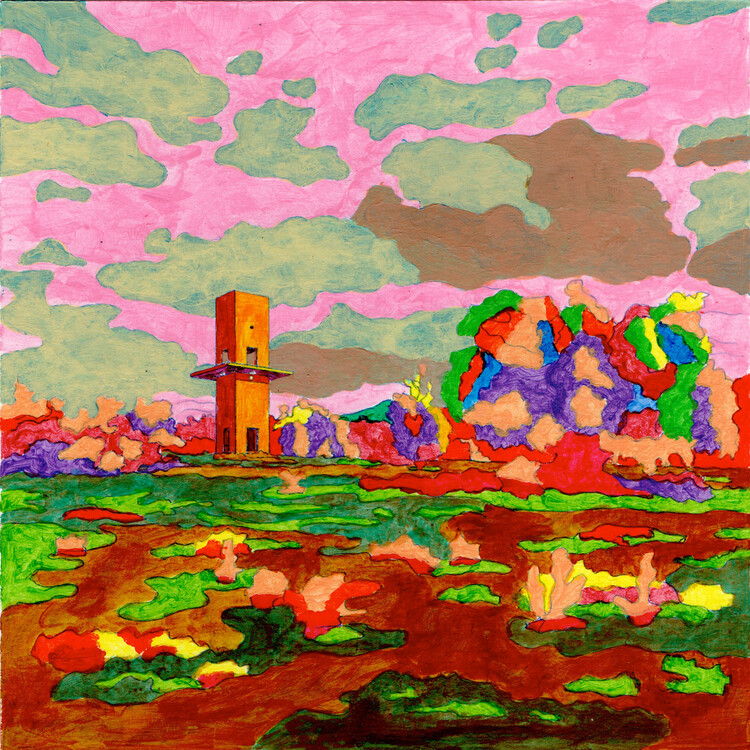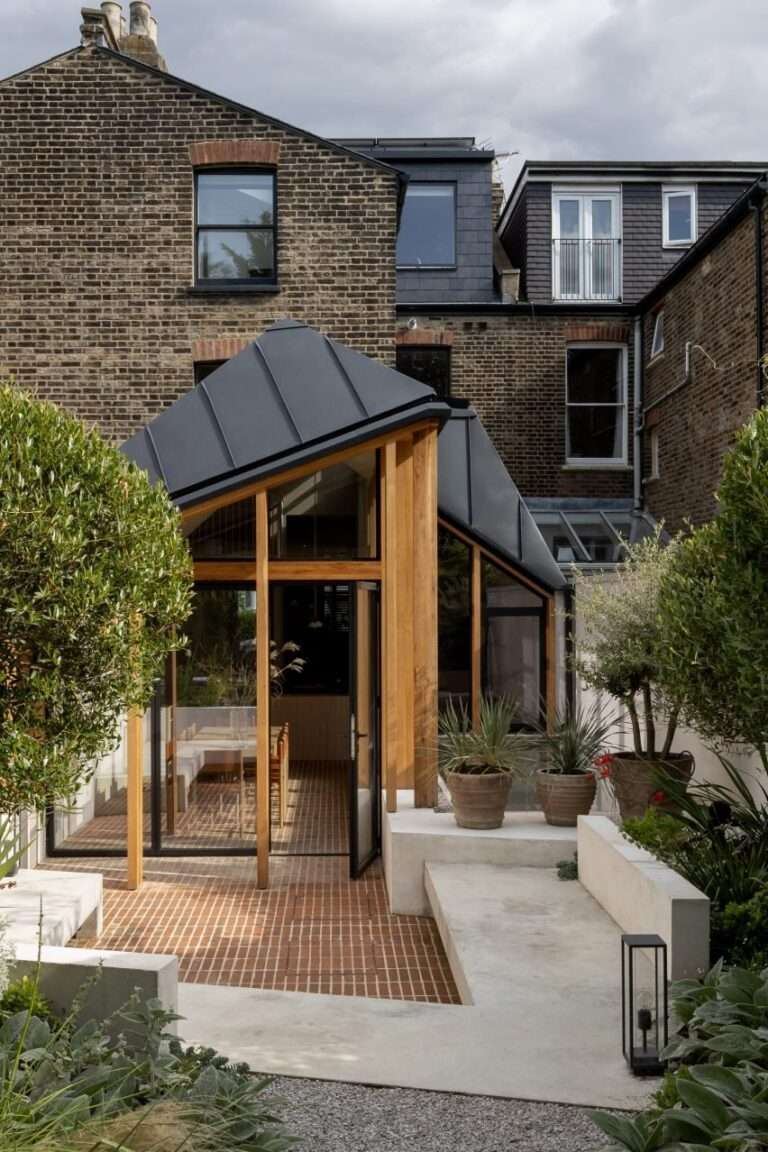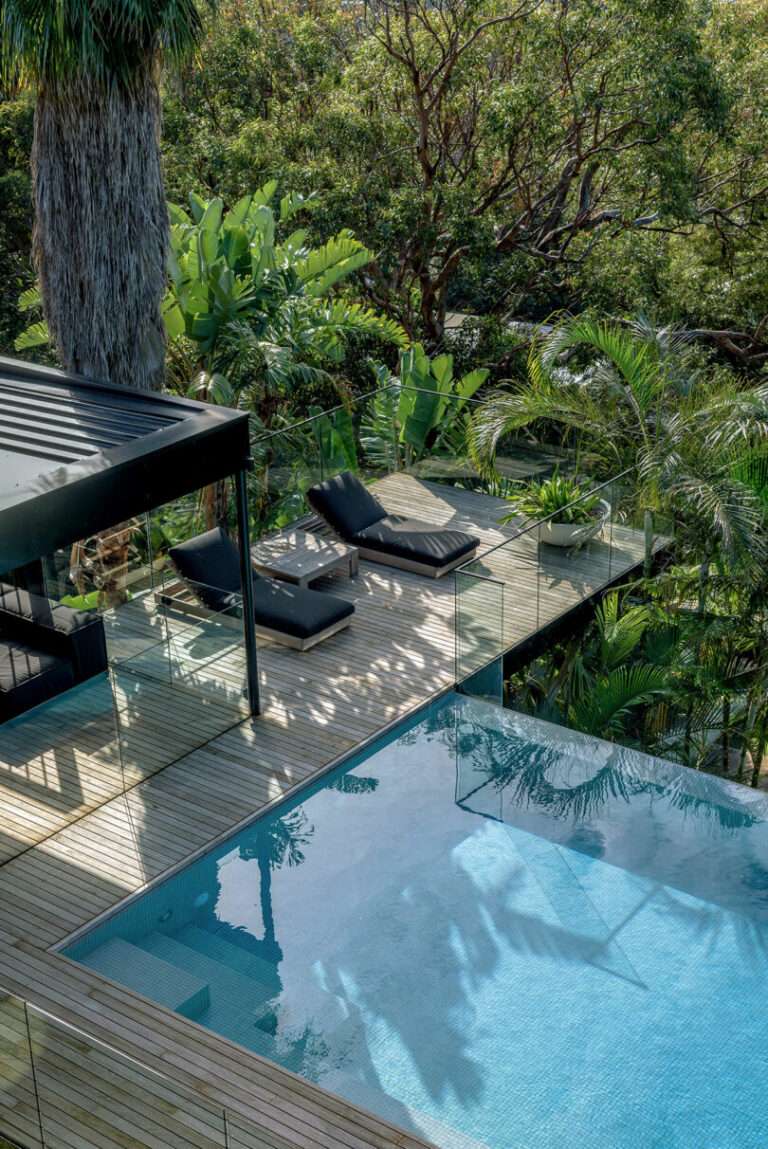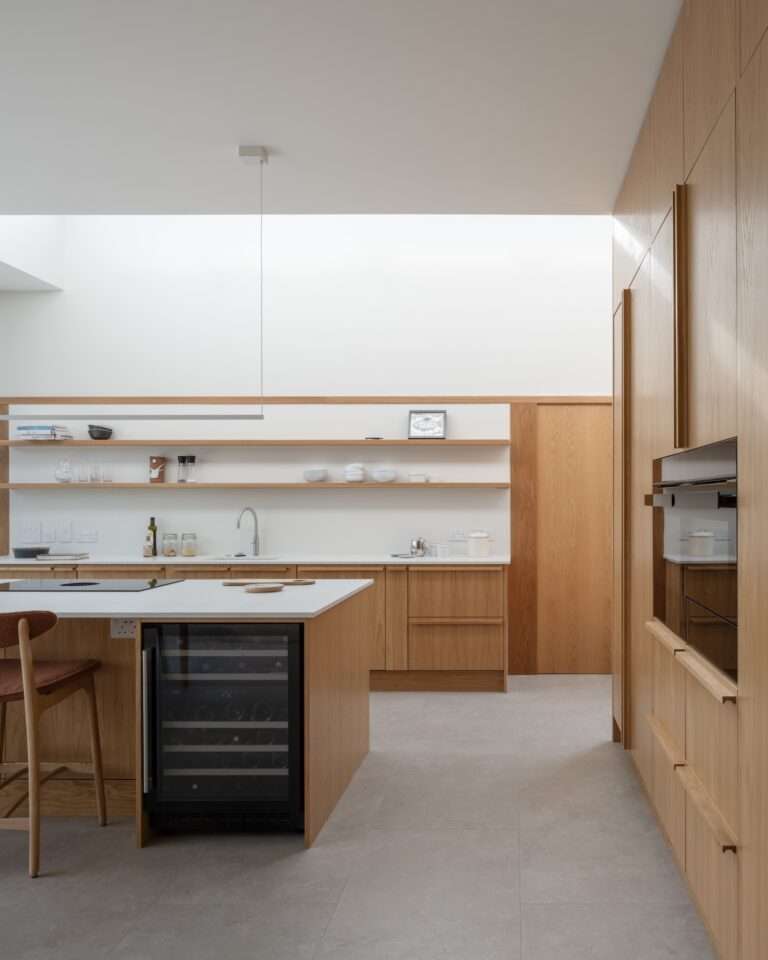LAMA Pavilion / Pezo von Ellrichshausen

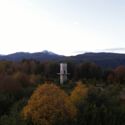

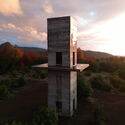



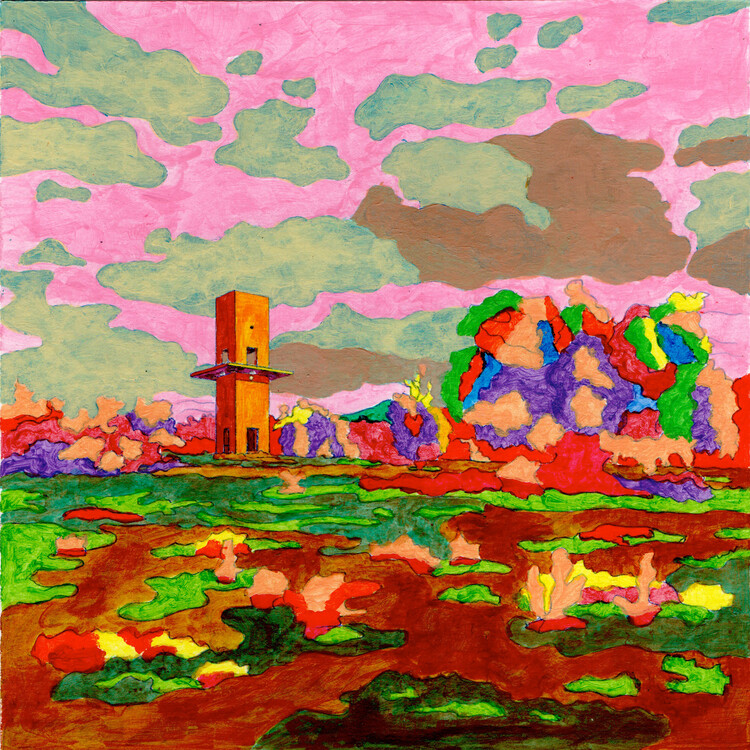
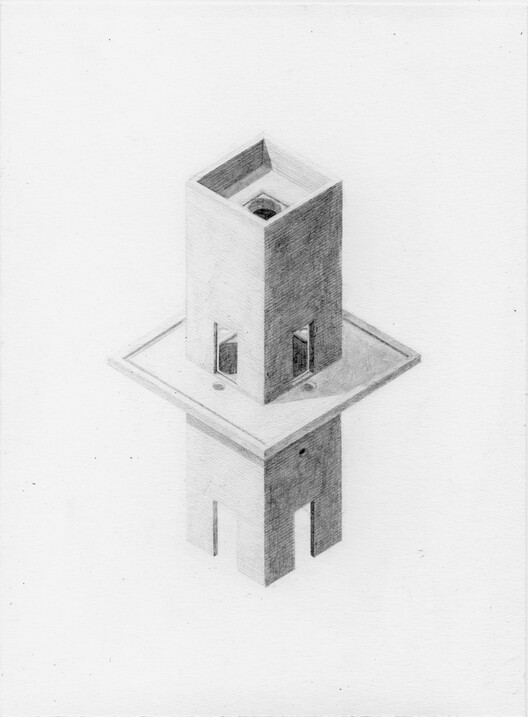
Text description provided by the architects. This solitary figure functions as a signal and as a viewpoint of the landscape (both interior and exterior). With a vertical sequence of rooms, it was built to look at the Andes Mountain Range, hidden behind the native forest.
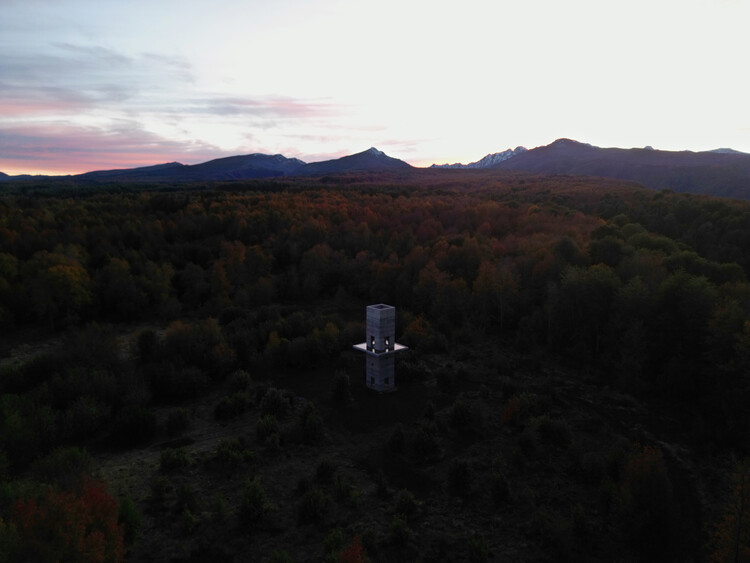
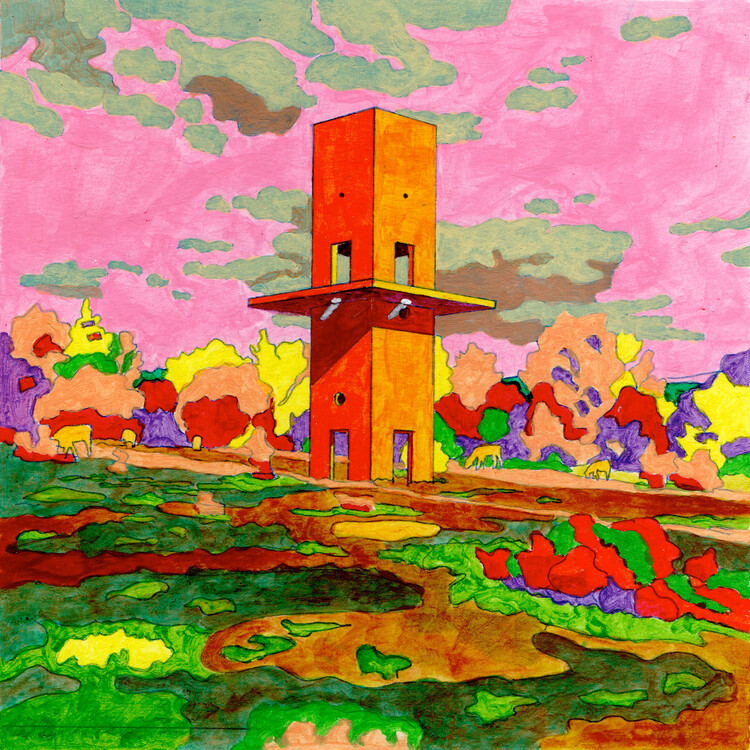
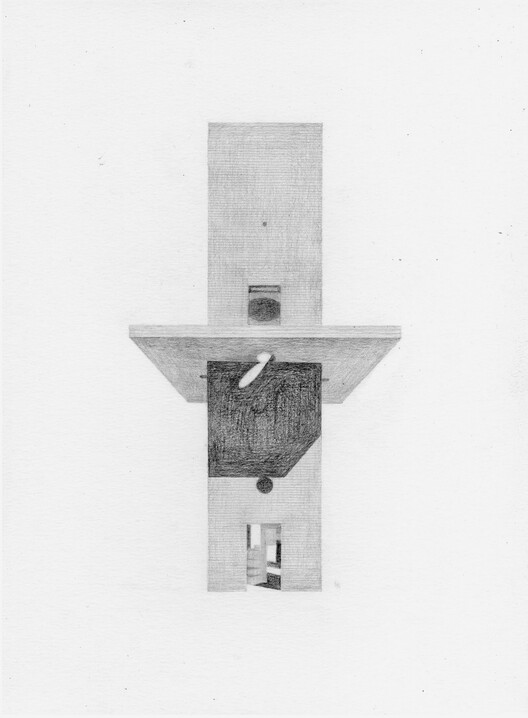
Its format is that of a slender volume, formed in turn by two towers: the lower one with an eave that duplicates its roof, the upper one with a terrace that duplicates its floor.
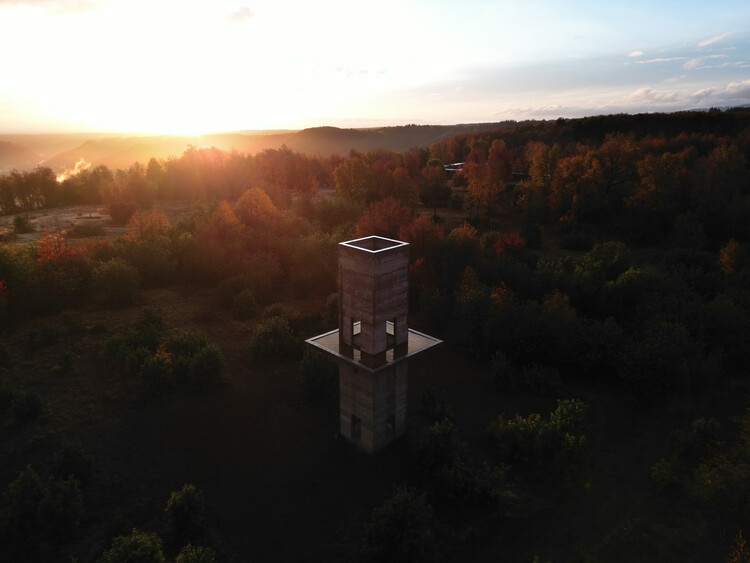
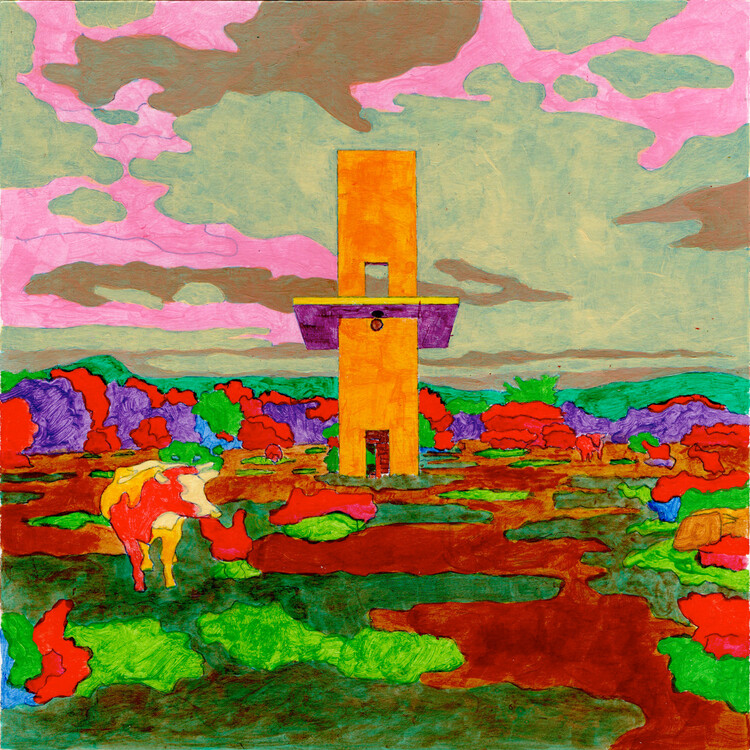
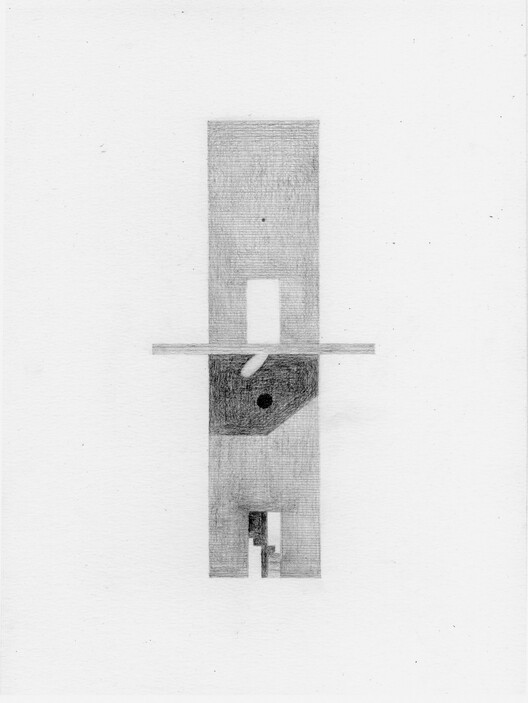
The floor and ceiling are a horizontal slab projected halfway up the elevation – a thin cantilevered plane that extends towards the four cardinal points – it has the difficult function of containing a shallow rainwater pond.
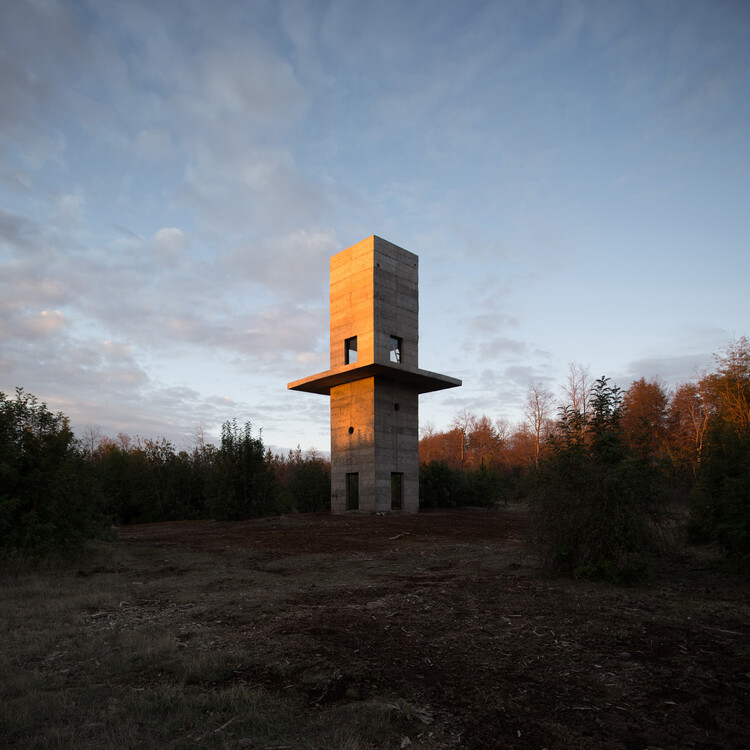
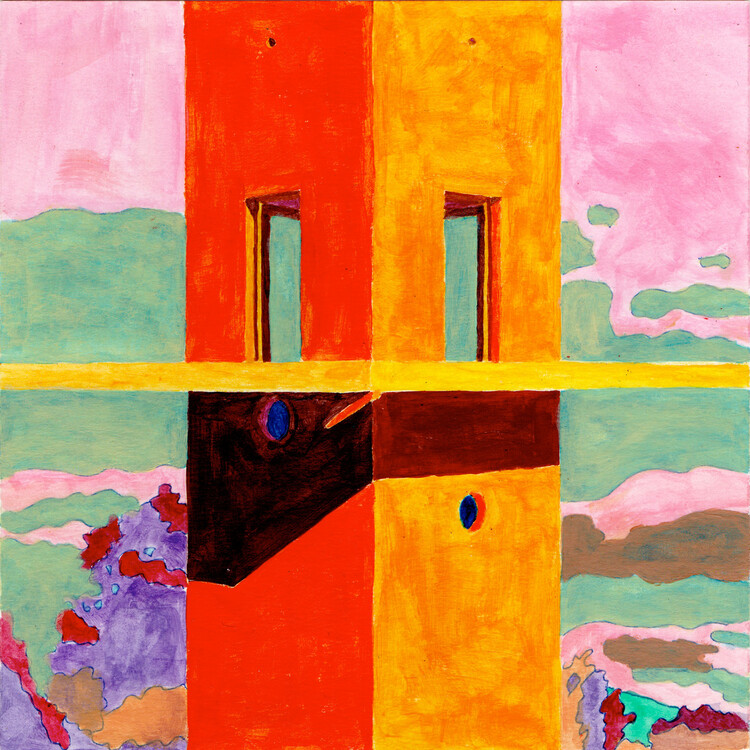
Thus, this slab becomes a mirror that reflects the upper section of the tower, the sky, and the surrounding trees; but it also transfigures into a fictitious glass, into a transparency, that suggests the presence of the lower tower.
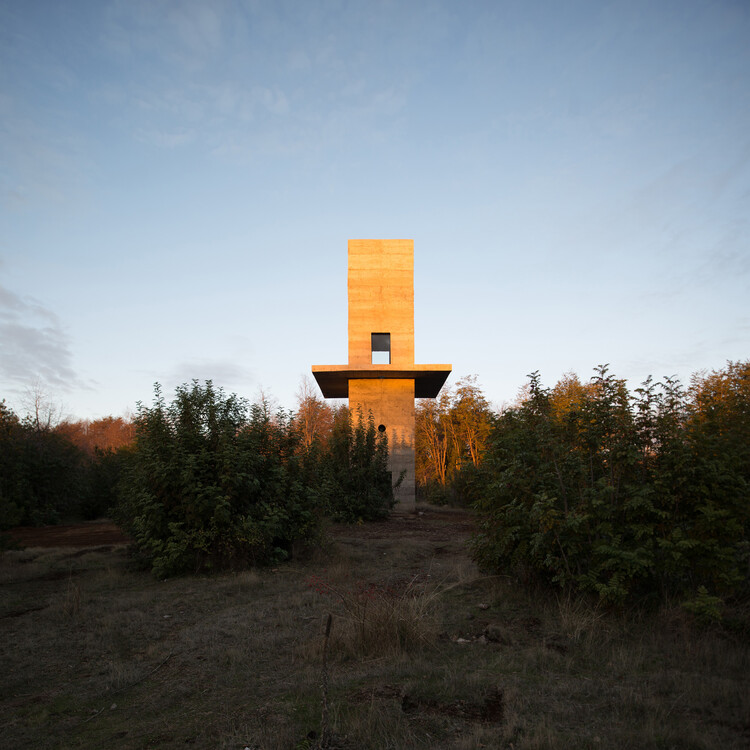
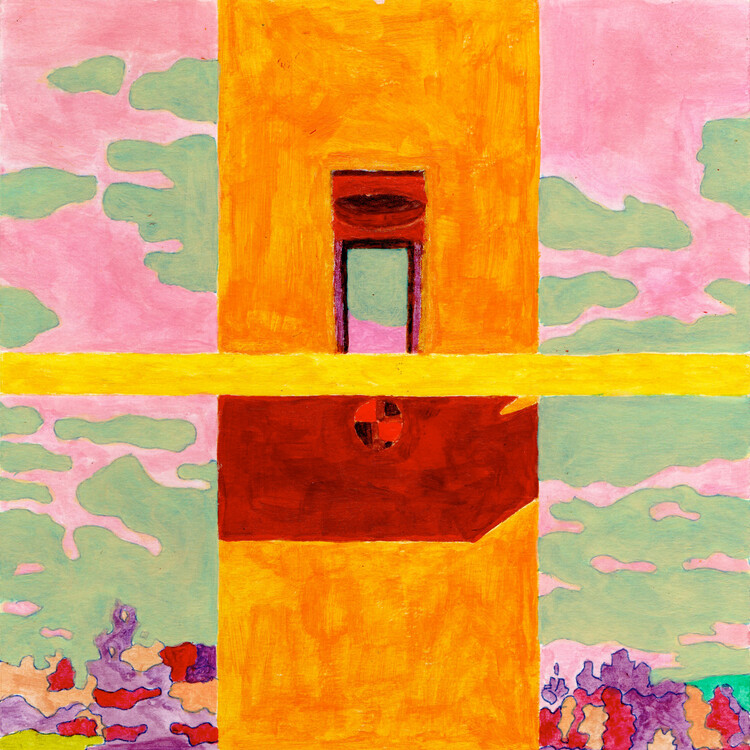
And even more difficult: like a permanent cloud, the slab throws a dense and compact shadow on the lower tower, and even, on occasions, the rain falls all around the perimeter due to the overflow of the small pond.
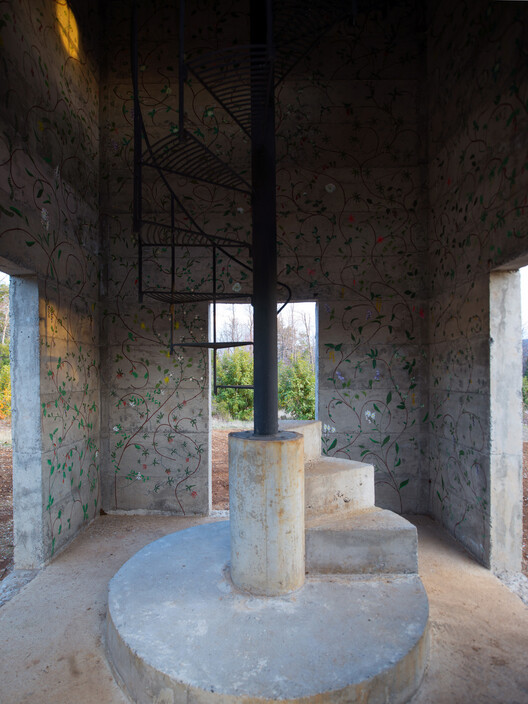
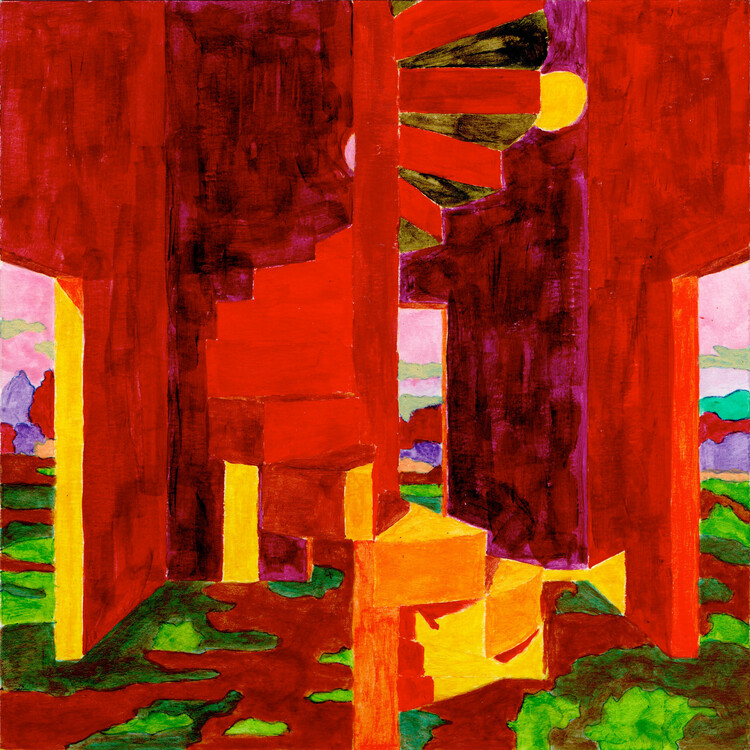
 © © Pezo von Ellrichshausen
© © Pezo von EllrichshausenParadoxically, the function of the viewpoint is reversed inside the tower. Instead of framing the sublime panorama, perhaps tempering an imposing presence, access to the suspended platform occurs through a helical staircase that revolves around a continuous mural of vines, both living and painted, that describe a selection of thirty interconnected native flowers on the same tree.
 © © Pezo von Ellrichshausen
© © Pezo von Ellrichshausen
After the platform, a frail wooden ladder allows one to climb to a dark room with four peepholes, a sort of intricate camera obscura, which in turn serves as a passage to an open, overexposed roof, and with a hearth that, at the appropriate distance, could turn the entire tower into an antiquated chimney.
